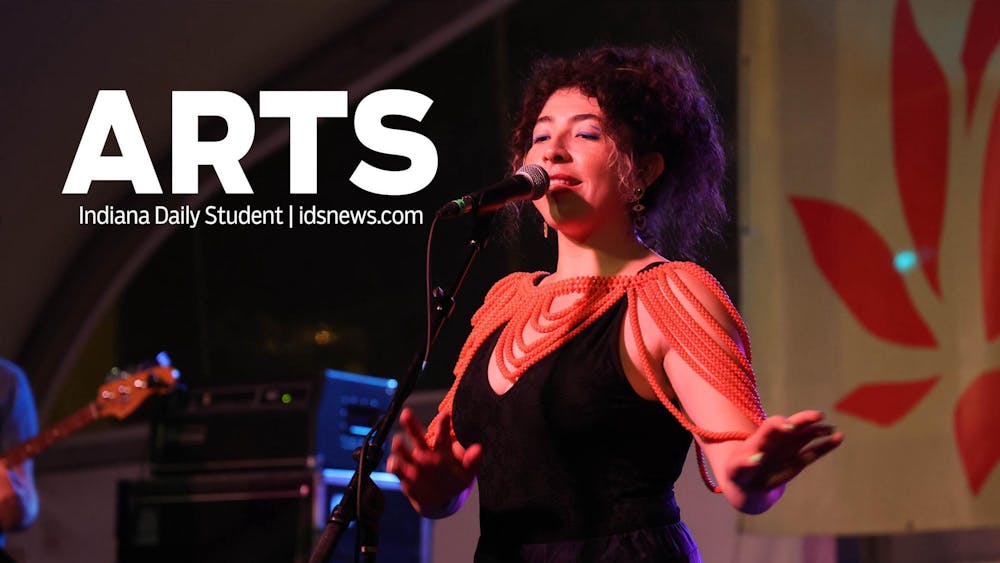NEW YORK -- The tourists from California peered through the slats of a metal fence surrounding the World Trade Center site, looking down into the nearly empty 16 acres for a sign of what happened here on Sept. 11.\nFour years after terrorists hijacked jetliners that destroyed the twin towers, Steve and Marta Pilling thought they would find a memorial, something more than the names of the 2,749 victims on panels attached to the fence.\n"This reminds me more of a construction site," not the Ground Zero etched in Americans' consciousness, said Steve Pilling of Murrietta, Calif.\nThe fact that the downtown Manhattan site is both -- a lucrative piece of real estate with grand plans for skyscrapers and museums, and the place where the nation's worst terror attack must be remembered -- has driven a rebuilding process fraught with delicate negotiations and often competing passions of politicians, developers, architects and family members.\n"It's the most emotionally charged building project in the world," said Robert Yaro, head of the Regional Plan Association advocacy group in New York.\nCommon ground at Ground Zero has been hard to find: Ambitious, thoughtful plans for everything from a 1,776-foot tower to a performing arts complex are on paper, but construction on most buildings has yet to begin.\nMonday, one day after a ceremony marking the fourth anniversary of the attacks, work is starting on one major project: a $2.2 billion transit hub that replaces a temporary station that opened in 2003.\nLeaders of the process say a remarkable amount has been accomplished, and that rebuilding a site like this is unprecedented.\n"The public has to understand, it's not just build some buildings," said Daniel Libeskind, the architect who created a master plan for the entire site. "I don't think there has ever been such a project with such urgency and such speed, given the complexity."\nOthers say the plans are unfocused and prioritize rebuilding office space with a tallest-in-the-world skyscraper over a memorial and more pressing community needs.\n"There's no demand whatsoever for commercial space" in the area, said Fred Siegel, a history professor at the Cooper Union for the Advancement of Science and Art, who said rebuilders have blown an opportunity "to rethink lower Manhattan in toto."\n"The memorial itself has been an afterthought," said Bill Doyle, whose son, Joseph, died at the trade center. "It's astounding to me that the only thing they have up there after four years are a couple of posters."\nThe Freedom Tower has suffered more setbacks and missed deadlines than other plans for the space, which include four more office towers, a memorial surrounded by a grove of oak trees, a performing arts center and separate museums devoted to Sept. 11 and to freedom.\nThis May, city police forced rebuilding officials to order a third design of the building after police expressed concerns it was not secure enough to withstand a potential terrorist attack. After breaking ground July 4, 2004, with a 20-ton inscribed granite cornerstone at the site, developers now say that cornerstone will have to be moved several feet to be part of the redesigned Freedom Tower.\nDevelopment officials complained that police came forward at the last minute, while police said they had spoken up for months. The tower, which had first been scheduled to be "topped off" -- with its steel structure in place -- by 2006, is now set to open in 2010 or 2011.\nLarry Silverstein, the private developer who leased the trade center and is supervising building of the Freedom Tower, called the setback "a most unfortunate set of circumstances, a lack of coordination between various governmental entities." But he said the new design by architect David Childs, is "elegant, exquisite," and called the slender tower topped by a center spire an improvement over the last design, a twisting, glass and steel structure meant to evoke the Statue of Liberty.\nA second groundbreaking for the Freedom Tower -- and a groundbreaking on the memorial, "Reflecting Absence" -- will occur within six months, Gov. George E. Pataki and Mayor Michael Bloomberg have announced.\nThe governor and then-mayor Rudolph Giuliani started the redevelopment process shortly after the attacks by creating the Lower Manhattan Development Corp. But it is Pataki who has taken more of a leadership role, calling downtown Manhattan's resurgence a top priority. He has also been assigned blame more often for the problems.\n"He sort of farmed this out and he didn't stay on top of it," said Siegel.\nPataki responded to the Freedom Tower redesign by appointing his chief of staff, John Cahill, in May to become the site's rebuilding czar. Though faced with some "uncertainty" by major players at first, he said he now sees "an awful lot of momentum."\nCahill started weekly conferences, which he said has helped better coordinate the separate developers, architects and agencies with stakes in the project.\nSilverstein's company is building office space. The site's owner, the Port Authority of New York and New Jersey, is overseeing the transit hub. The Lower Manhattan Development Corp. and a separate, nonprofit foundation oversee building of the memorial and a performing arts complex for two theater companies, in addition to a memorial museum and a cultural center. A museum showcasing drawings and the International Freedom Center, which describes itself as a museum that would put Sept. 11 into a global context, are planned for the latter.\nIt is the cultural and memorial space that have provoked the most vehement, emotional responses of some family members of Sept. 11 victims.\nLeaders of several family groups recently started a "Take Back the Memorial" campaign, saying that including any museums other than one memorializing Sept. 11 is inappropriate on the site and overshadows the memorial. Some take offense at a design that places the memorial museum below ground.\n"I will never go underground to remember my Marine firefighter brother," said Rosaleen Tallon, whose brother, firefighter Sean Tallon, was killed at the trade center. "We are not doing the right thing at this sacred site."\nCahill and others have said that family members had requested underground access to the bedrock, the last remaining parts of the trade center's foundation and the place where many victims' remains were found.\nThere are no plans to move the memorial museum, but the status of the other two museums chosen for the site more than a year ago is in jeopardy. The Drawing Center is looking for a new home, and the Freedom Center will need to satisfy rebuilding officials with more details about its content before it can ensure its spot.\nLibeskind, whose master plan made room for culture at the site, has said he wanted to celebrate life while commemorating loss -- which has become one of Ground Zero's greatest challenges.\n"The tension here has always been between this site as a memorial to the people who died there on the one hand, and as a living, functioning part of the city on the other," said Yaro. "This clearly has to do both, and it's really hard to do both"
Plans to rebuild site of 9/11 face architectural difficulties
Get stories like this in your inbox
Subscribe





